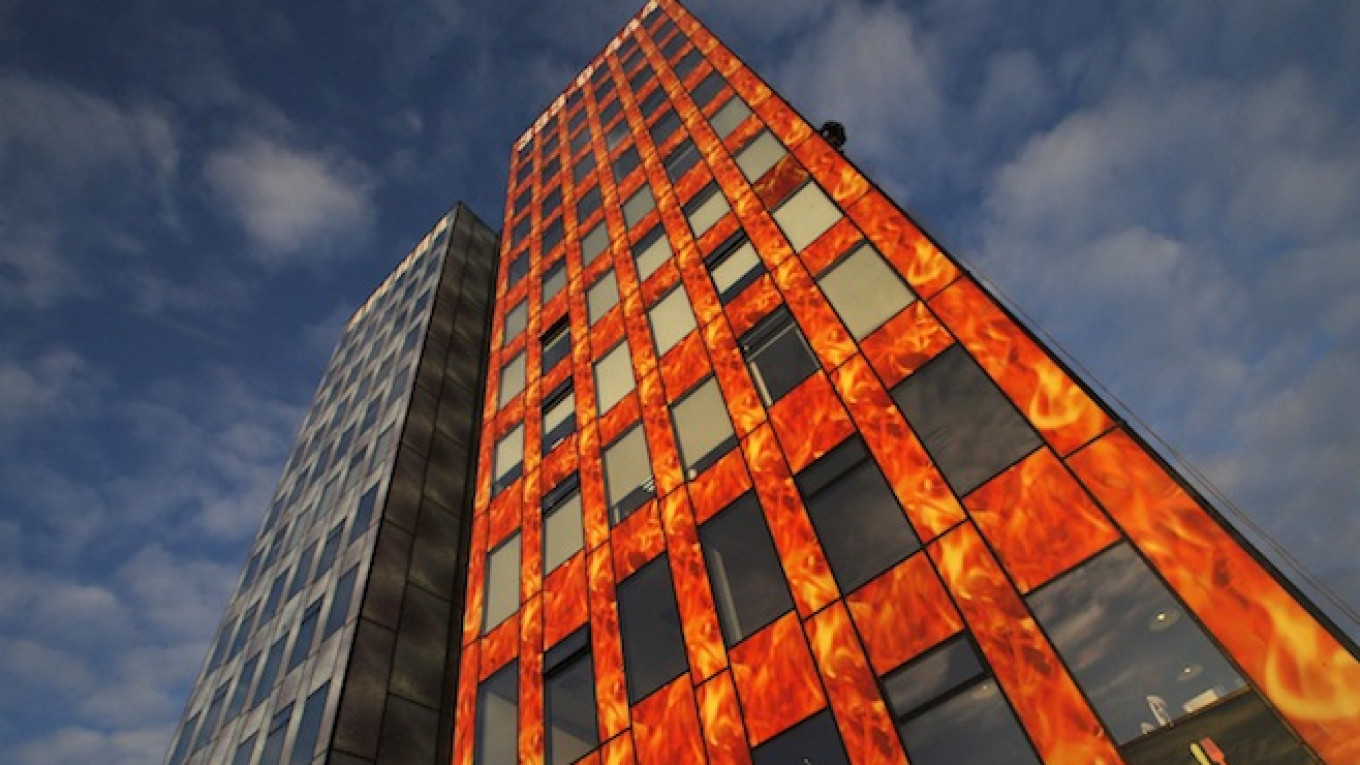Golden toilets and monumental hallways no longer top the must-have list for a luxury apartment in Russia as demand shifts to functionality rather than flamboyance, research published Monday revealed.
The most popular size for a luxury apartment is now 100-150 square meters if you want four rooms, and up to 80 square meters if you want two, according to a report released by luxury real estate developer Barkli.
This is tiny compared with the 300-400 square meter apartments that were in demand among the super-rich in the early period of Russia's so-called "Wild East" post-Soviet capitalism. ?
In the 1990s a new generation of businesspeople became very rich very fast, without having the time to develop an aristocrat's taste to go with all the money. Combined with a rush to get out of the tiny apartments most people in Russia were crammed into at the time, this new wealth spurred demand for gigantic posh flats that developers were happy to satisfy. Fifty-square-meter halls, kitchens the size of living rooms and multiple bathrooms large enough to accompany a king-size bed became commonplace.
But these preferences are changing as the rich gain a sense of proportion, the report said. Golden toilets, marble door handles and antique statues have given way to functionality.? Even the rich do not want to pay for extra but useless space these days — particularly as Russia's economy has stalled under the weight of structural problems and Western sanctions.
"The main attributes of a luxury apartment, such as a second and third bathroom, separate bedrooms for parents and for each child, have not changed," Barkli sales director Yekaterina Fonaryova said in a statement accompanying the report. But perceptions of how big the rooms should be have shifted considerably, shrinking at least twofold, she said.
Meanwhile, the preferred design of a luxury home has changed dramatically, the report said.
The baroque and gothic styles that were preferred in the 1990s — calling for vast open space and homes that resembled castles — have given way to the clean lines and modest proportions of neoclassical design.
Cost and maturity are behind these changes: A huge apartment is not only more expensive to buy; it costs more to maintain. It costs 12,000 rubles ($260) on average per month to maintain a 100-square-meter home, meaning serious outlays for a 1990s-style 400-square-meter apartment or miniature gothic castle, the report said.
Added to this are new property tax rates that starting from next year will be tied to cadastral rather than inventory house prices. Cadastral values are much closer to market prices than hopelessly outdated inventory prices, meaning a much higher tax bill. Moreover, for owners of luxury apartments over 300 square meters, the tax rate will be set at 2 percent of the property's value rather than 0.1-0.3 percent for smaller homes.
Contact the author at [email protected]
A Message from The Moscow Times:
Dear readers,
We are facing unprecedented challenges. Russia's Prosecutor General's Office has designated The Moscow Times as an "undesirable" organization, criminalizing our work and putting our staff at risk of prosecution. This follows our earlier unjust labeling as a "foreign agent."
These actions are direct attempts to silence independent journalism in Russia. The authorities claim our work "discredits the decisions of the Russian leadership." We see things differently: we strive to provide accurate, unbiased reporting on Russia.
We, the journalists of The Moscow Times, refuse to be silenced. But to continue our work, we need your help.
Your support, no matter how small, makes a world of difference. If you can, please support us monthly starting from just $2. It's quick to set up, and every contribution makes a significant impact.
By supporting The Moscow Times, you're defending open, independent journalism in the face of repression. Thank you for standing with us.
Remind me later.


